Feature
How Margaret Atwood Portrays Women In Her Books
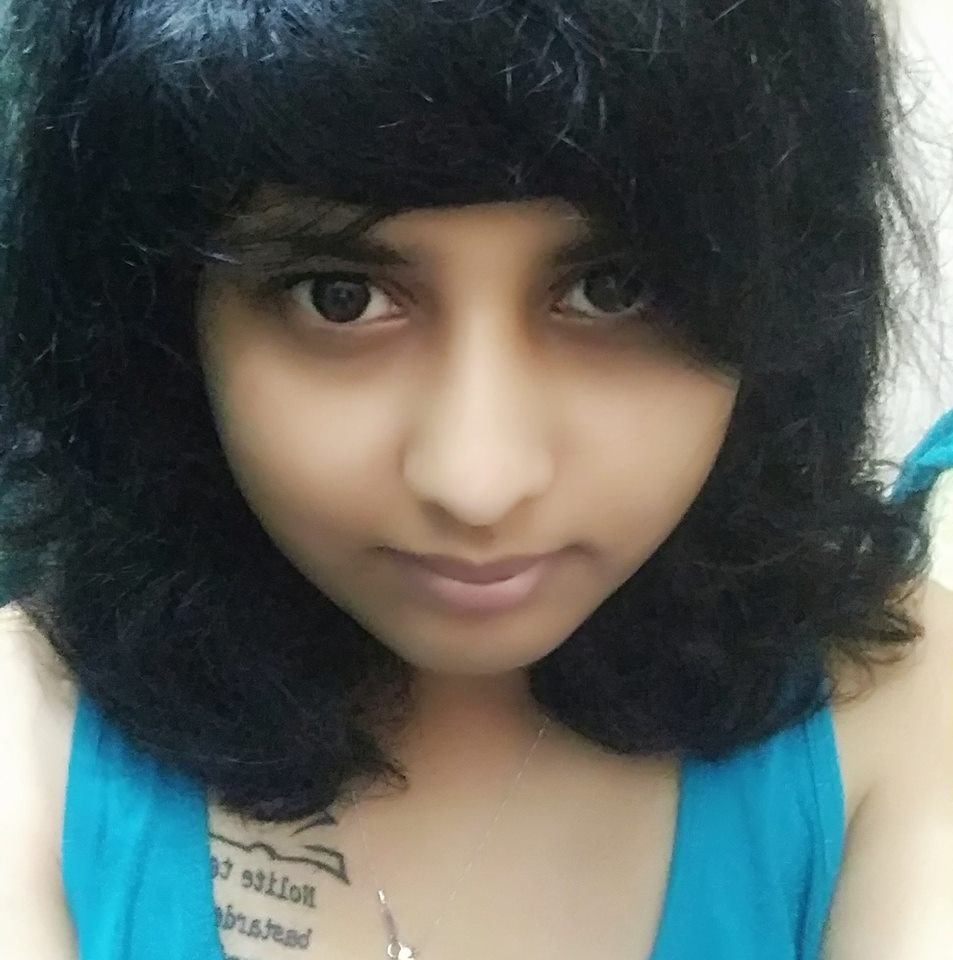
Deya Bhattacharya
July 05, 2018
On the throes of discovering, and consequently embracing feminism, I took to Margaret Atwood in 2008. I was 18, and only just becoming the person I would be for the rest of my life. Atwood was my personal saviour – at a time when I was at the intersection of grasping the vagaries of adulthood, charting a career, and understanding necessary but complicated concepts such as consent, bodily autonomy, and sexuality, Atwood’s discretionary art came in like a new beginning. Something that the heart of Calcutta, my hometown, was unable to bequeath to me. Until I met her through her books (later, much later, I would meet her in person too), my life was a blank page, a tabula rasa, waiting to be understood, actualised, and validated.
Margaret Atwood, as I far as I know, only wrote about women. Her women are the centre of every universe. Whether it be Upper Canada in the 1840s, or Gilead in an unknown and chaotic time, or within a social experiment called Consilience- women are at the heart and centre of every book. The men in Atwood’s books are appendages – they appear in the background, unfocussed and blurred. They don’t hold up the plot line; at best, they are the oblivious beasts that remain in the periphery. The men in her books are akin to the background in a depth of field photograph – bleary and redundant. And Atwood intends it that way – the men in her books are portrayed how women are perceived by many in real life. She maintains a careful distance from the men in her books – they are fragile creatures, incapable of moving the story forward.
Atwood’s women are not complete. Her female protagonists are glorious and insufficient. And in as much as Atwood turns conventional novel-writing on its head, by placing men at the far end of her plot lines, her female protagonists don’t, by any means, dwell in absolute rectitude. And in this, her protagonists are real and self-conscious.
According to Atwood’s own chronicles within her Curious Pursuits: Occasional Writing, fiction is the space where “individual memory and experience and collective memory and experience come together, in greater and lesser proportions”. In Atwood’s novels, her women are every woman. In Marian from The Edible Woman – Atwood’s first novel, we find the proto-feminist that we all were when we were young when we were close to questioning historical injustices and gender stereotypes but didn’t yet because we were not sure of our own willingness to take control of our lives. In Offred from The Handmaid’s Tale, we find ourselves in a world where such historical injustices – unquestioned and allowed to ferment – have taken over, much to the chagrin of the women of Gilead. Within Grace Marks from Alias Grace, we find a character replete with history and movement and internal struggles; someone who may or may not be an unreliable narrator. We find a lost part of ourselves within Charmaine from The Heart Goes Last – a visceral part of ourselves that “can be the person she’s always wanted to be”. With Elaine from Cat’s Eye, we meet a tormented side of ours – troubled by her childhood bullies, her Cordelia.
With every female protagonist that we meet in Atwood’s work, we are confronted with a part of ourselves – there is rebellion, anger, misery, and litost. With every character, we construct a little more of our identity. Each female protagonist aids in our ritualised need for remembering and forgetting. And what is our feminism but this atavistic ritual of remembering and forgetting? As Sara Ahmed notes in her book Living a Feminist Life, “Feminist work is often memory work.”
Margaret Atwood’s portrayal of her female protagonists feels real because she gives them space, like one does to humans. Her method feels true because she constructs them as real, living people. Each character, she writes, has her own life, replete with a noticeably jarring backstory and personal details, but this character also exists within a context that her readers identify with. History is not abolished by change, and her female protagonists are a witness to this. For that 18-year-old whose idea of personhood was often irrational and inaccurate, Margaret Atwood’s female protagonists and their (and as a result, hers) feminisms began to feel like a talisman, their voices began to feel like liberation, their truths like mine – unknowable.
Years later, in 2016, I met Atwood, albeit for a few moments, at the Jaipur Literature Festival. She was at once nothing and everything like her characters – a fierce face, a warm august glow, and measured irony, living in and writing of dystopian worlds. She was, at once, Offred, Charmaine, Elaine, Grace and Marian, and perhaps also their personal demons. I, in an audience of hundreds – nay, thousands, was in a state of rapture, as she spoke effortlessly of dystopias. The audience was jolted when a male attendee asked her if she thought the women’s rights movement had failed. But she came to our rescue – “It was thought that women’s bodies were so floppy that without corsets, they would just dissolve!” With her unmatched wit and deadpan humour, she charted, for this gentleman, the successes of the women’s rights movement – from how women were considered sub-humans, to today, when fundamental rights to work and to vote have been achieved.
Atwood’s books and characters assimilate the woman as she is without apology – her beauty, her unpleasantness, her jagged edges, her uncertainty and confidence, her aberrance and her brutality. It is for this reason that I continue to be amazed and appalled by the accuracy of her female protagonists.
Have you read Margaret Atwood’s books? What do you think of her portrayal of women? Share with us in the comments below.


Deya Bhattacharya
Deya is a human rights lawyer by day, and by night, a book nerd, who is constantly running out of shelf-space. Her small apartment in Bangalore, where she is based, has already been swallowed by her meandering bookshelves. Truth be told, this might also be her ultimate plan to avoid all human contact. Deya tweets about feminism, women's rights and (mostly) all things books at @LadyLawzarus.
Read her articles here.

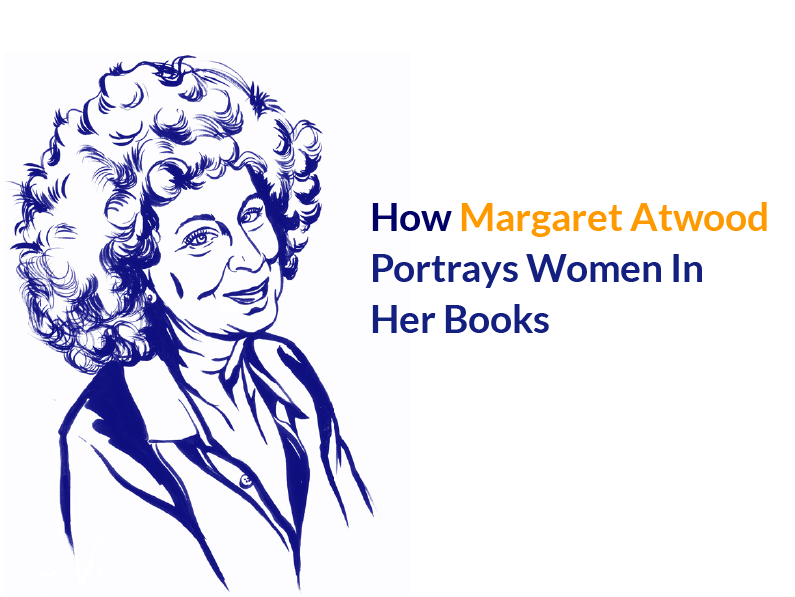
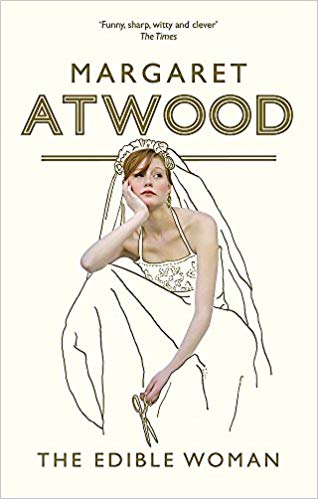
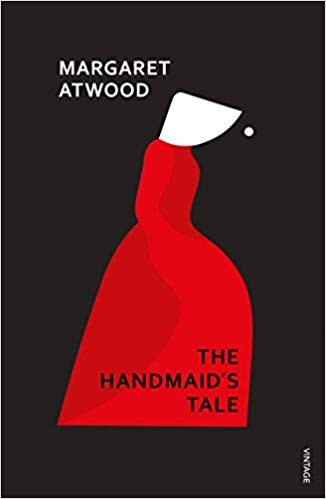
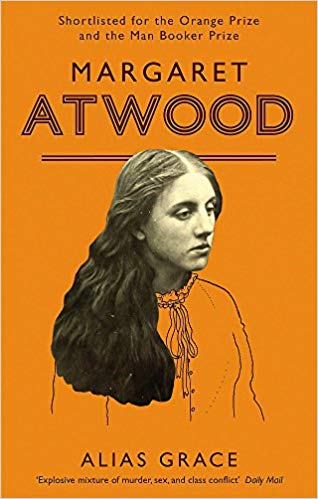
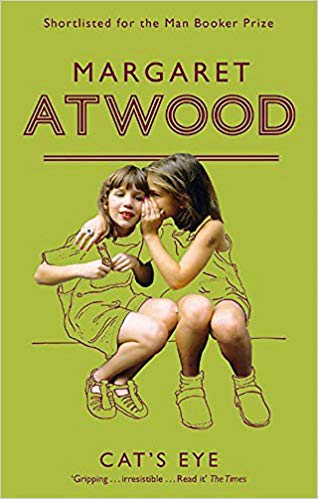

Check your inbox to confirm your subscription
We hate spam as much as you hate spoilers!